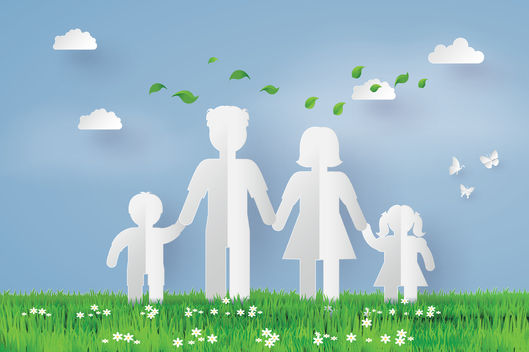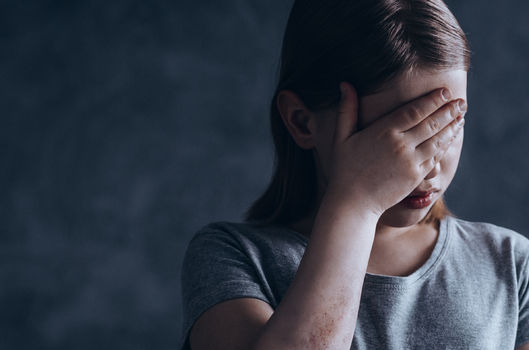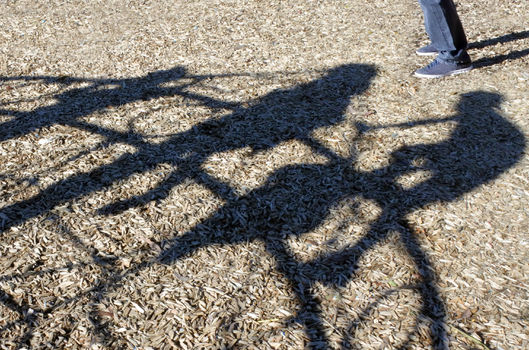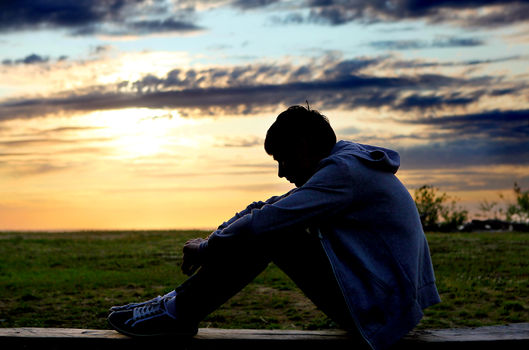Contents
- Myth: It only happens in certain ethnic or cultural communities
- Myth: Offenders take a long time to groom their victim
- Myth: Offenders are strangers / dirty old men
- Myth: It only happens to 'looked after' children or children in authority care
- Myth: Asking for a naked photo or video isn't really abuse
- Myth : Abuse is in some way the child's fault
- Parents or carers should have known their children were being abused.
- Myth: It's only young girls that are at risk
Myth : It only happens in certain ethnic or cultural communities
Both offenders and victims come from all ethnic and cultural backgrounds. The media tends to focus on certain ethnicities and nationalities but child abuse is not this restricted.
Whatever your class, ethnicity, culture and nationality, offenders and victims will come from there.
Myth : Offenders take a long time to groom their victim
Once, offenders would take time to build up a relationship with – or ‘groom’ – their victim. If this happens online they’d then ask to meet up in real life with the intention of abusing the child or young person. Increasingly however, offenders are more interested in photos or videos of their victim.
They might start up a general conversation with your child on social media or in a chat room in order to get them to talk about sex. This could begin with a question that seems innocent such as asking them what they like about their body or how they feel about a certain girl or boy they know. Very quickly however, it can lead to more serious talk and the request for a photo or video.
Abusers go to great lengths to ensure secrecy from children. This is called grooming, and is often done by befriending children, giving them treats, and telling them how special they are.
Abusers may also use threats and intimidation It can be very confusing for children who then believe that they caused the abuse.
Myth : Offenders are strangers/dirty old men
The danger to children is mostly from people close to them, people they should be able to trust.
Just as any child or young person is at risk, so too their offenders can be young or old, male or female, gay or straight and from any background.
They’ll appear friendly and caring towards their victim in a deliberate move to gain their friendship and trust.
Myth : It only happens to 'looked after' children or children in authority care
Despite media reporting, children and young people living at home can be just as vulnerable. Whilst in a care setting, a protective adult may not be as easily defined - it does not mean that in a home setting they are not open to abuse.
Abuse can and does happen in many situations and places.
Myth : Asking for a naked photo or video isn't really abuse
This may not seem like abuse at first, especially if it is another young person or child around the same age asking for the photo or video.
This is peer-to-peer (known as "Sexting"). They may regards themselves as having a relationship with the other person, even if they have never actually met face to face. They often don't see themselves doing anything wrong, but once it is sent there is no control over what happens to it
Sexting” describes the use of technology to share personal sexual images or videos (It’s a mix of the words “sex” and “texting”). It could be a picture of a boy or young man exposing himself or a girl or young woman in a state of undress.
This sexually explicit material can be sent in a number of ways; via text message, email, through online messaging or chat facilities, or through social networking sites. It can also create an environment in which teenagers and young people make impulsive decisions without thinking through the possible consequences. Often they are only a click away from doing something digitally that they would not normally do in the ‘real world’.
Offenders can be clever. They know how to ask for naked photos or videos in a way that will make your child feel attractive, admired, excited, proud of how grown up they are. They also know that your child probably won’t be aware that, once online, it can be very easy to share photos or videos with other offenders – or use those photos or videos to blackmail your child into sending more.
It is abuse - taking advantage of a naive, young or vulnerable person on-line.
Myth : Abuse is in some way the child's fault
The only person to blame for any kind of abuse is the offender themselves. It is never the child’s fault. Most likely though, the offender will tell your child differently, making them believe that they are to blame or that they are in a loving, supportive relationship making it even harder for them to tell you about the situation and ask for your help.
Sexual feelings are not understood by young children and may be mistaken for affection.
Myth : Parents or carers should have known their children were being abused.
Abusers can build a relationship with the child’s family, making them think that they are someone who can be trusted with the child. This may result in the child victim thinking that they will not be believed.
Myth : It's only young girls that are at risk
Any child is at risk of being sexually abused. It's important to remember that both boys and girls can be sexually abused.
Men and boys who have been sexually assaulted or abused may have many of the same feelings and reactions as other survivors of sexual assault, but they may also face some additional challenges because of social attitudes and stereotypes about men & boys and masculinity.
Some male victims feel shame or self-doubt, believing that they should have been “strong enough” to fight off the perpetrator
Every child or young person under the age of 18 is at risk from child sexual exploitation. boy or girl. gay, straight, bisexual or transgender. Happy at home or experiencing difficulties. The only common link is that abusers often look for someone who appears vulnerable.
This might simply be someone talking about having a tough time at school or home or who’s fallen out with friends.
Young people with learning disabilities can sometimes be particularly vulnerable, with offenders understanding that their challenges might make them less likely to understand what’s really going on.
What is Child Sexual Abuse?
Child Sexual Abuse (CSA) is when a child or young person is forced or tricked into sexual activities.
What is Grooming?
How people who want to sexually harm children and young people get close to them, and often their families, and gain their trust.
What is Child Sexual Exploitation?
To force or entice a child into engaging in sexual activity in return for something received by the child.
What is Harmful Sexual Behaviour?
When it comes to children & young people, what is normal sexual behaviour and what could be regarded as harmful?
Did you know?
The majority of perpetrators reported were family members, with biological and step-fathers making up almost half of the perpetrators.
Source - Allnock, D. and Miller, P. (2013)
Read more









